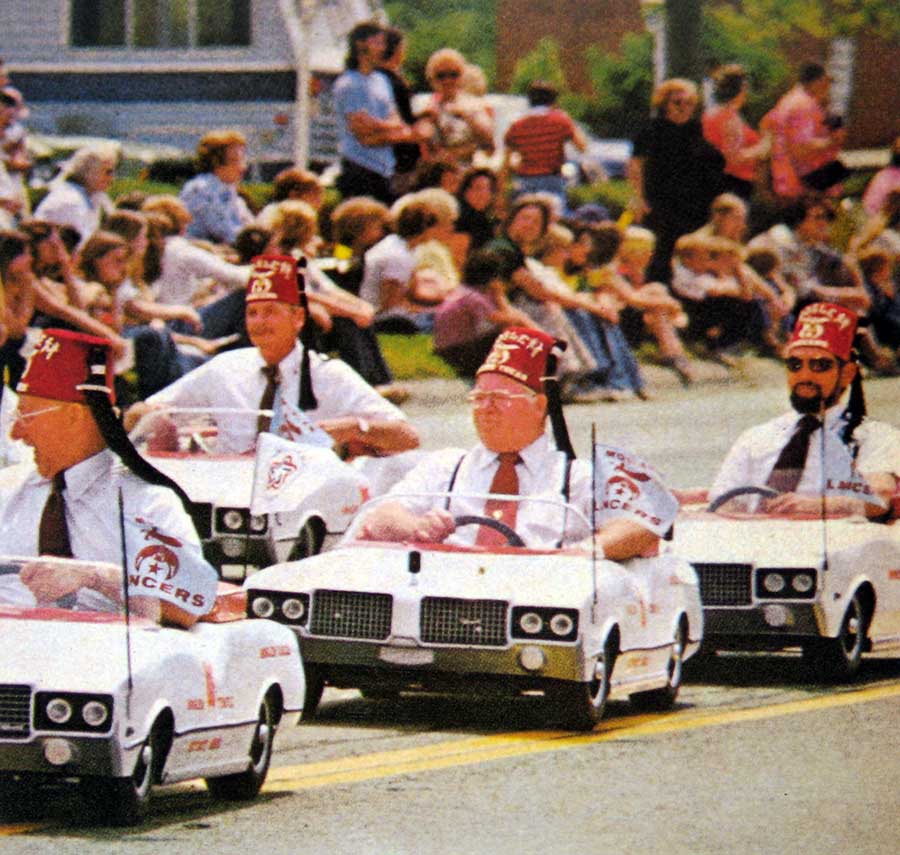
Movies possess a unique power: to captivate, challenge, and sometimes, to provoke outright outrage. It’s a fascinating paradox when critically acclaimed, award-winning films remain deeply controversial for their very narratives or choices. These aren’t simply ‘bad’ movies; they’re cinematic achievements facing intense scrutiny, forcing us to question societal values and the blurry line between art and offense.
Join us as we explore 15 highly rated movies that dared to push boundaries, securing their place in history not just for brilliance, but for the fierce controversies they unleashed. These films continue to be debated, proving a high rating doesn’t always mean universal acceptance. Here are seven unforgettable titles that demonstrate controversy can coexist with critical acclaim.
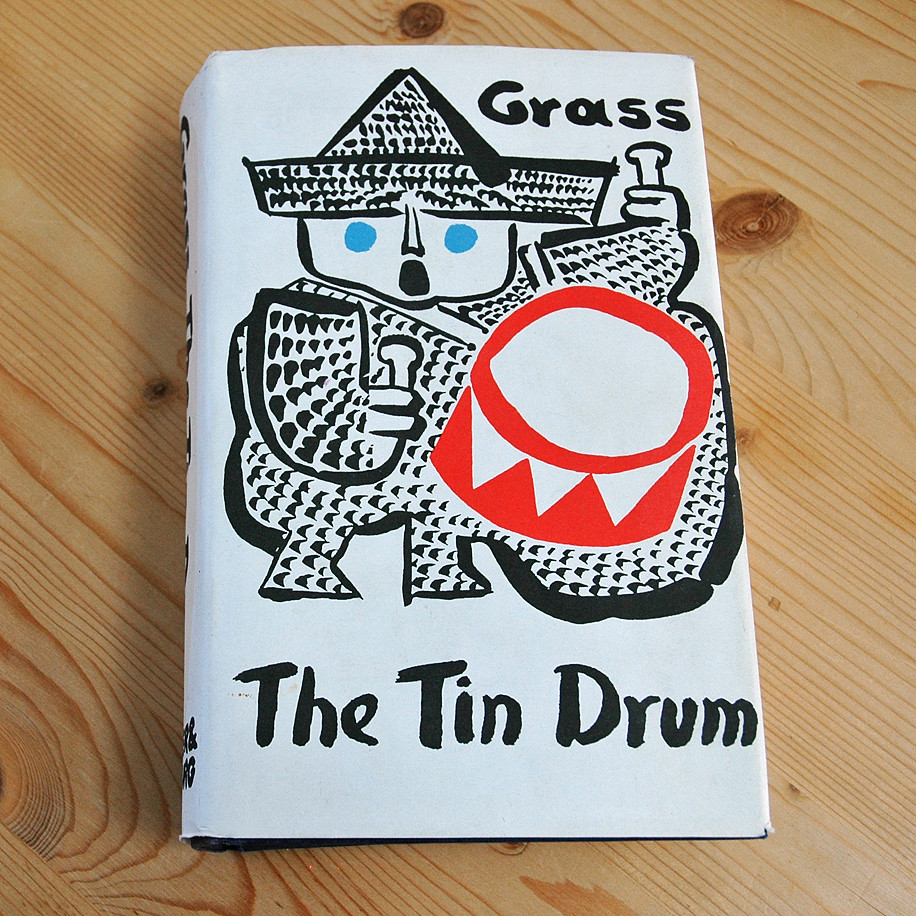
1. **The Tin Drum**”The Tin Drum,” a German film from New World Pictures, won an Academy Award for Best Foreign Language Film for its compelling narrative. It tells of Oskar, a boy who halts his physical aging during WWII, a powerful metaphor for lost innocence. This compelling narrative earned significant critical praise and its prestigious Oscar, cementing its artistic vision and international recognition.
However, the film drew immediate criticism. Its magical realism storyline involved an 11-year-old actor, David Bennent, playing a stunted 16-year-old in adult situations. A scene where Oskar licks sherbet from Maria’s belly button (played by 24-year-old Katharina Thalbach) ignited public outcry, deemed by many as deeply inappropriate given the age difference and the actor’s youth.
Accusations of it being child pornography abounded, leading to bans in multiple cities, states, and countries. The controversy overshadowed artistic intent, raising serious ethical questions about the depiction of childhood and uality in cinema. Despite these intense debates, “The Tin Drum” remains a highly regarded international film, challenging audiences and ensuring its discussions endure as a significant part of its legacy.
Read more about: Justin Bieber’s Unforgettable Odyssey: Tracing the Milestones of a Pop Phenomenon’s Enduring Legacy
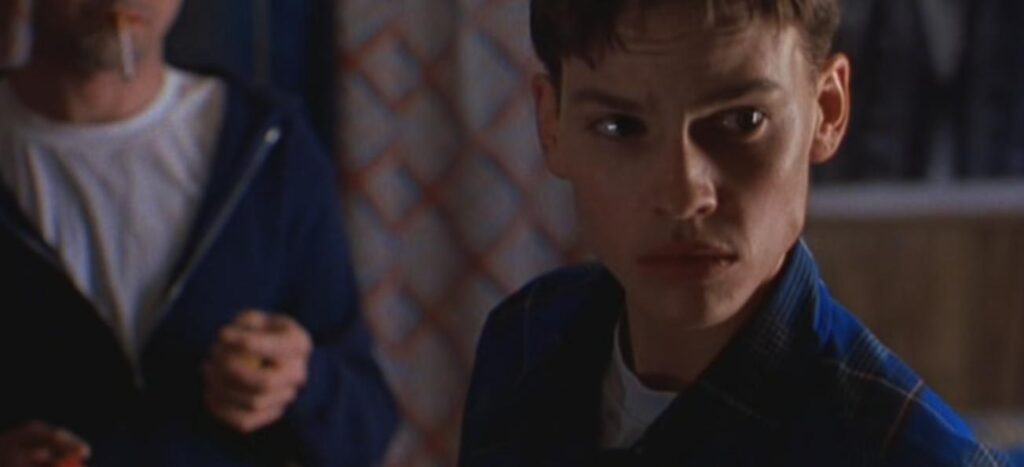
2. **Boys Don’t Cry**”Boys Don’t Cry,” from Fox Searchlight Pictures, earned widespread acclaim and an Academy Award for Best Actress for Hilary Swank. It powerfully depicts the tragic true story of Brandon Teena, a murdered trans man, shining a crucial light on violence against trans individuals. This contributed significantly to its acclaimed status and impact, bringing a vital narrative to mainstream attention.
Beyond its Oscar, the film featured a talented young cast, including Peter Sarsgaard and Chloe Sevigny. Its success in bringing a marginalized story to mainstream audiences and its emotional resonance cemented its place as a significant and highly praised film of its era for its raw, unflinching portrayal of a real-life tragedy.
Yet, the film is deeply complicated, generating controversial feelings. Criticisms arose over a cisgender woman playing Brandon Teena, sparking debate within the LGBTQ+ community about authentic representation. Questions were also raised about whether depicting Teena’s violent death veered into exploitation. Many real-life figures objected to their portrayal. These criticisms, despite its accolades, keep “Boys Don’t Cry” at the center of ongoing discourse, highlighting the complexities of sensitive biographical adaptations.
Read more about: The Unseen Stages: How History Shaped the Actor, From Forbidden Roles to Modern Breakthroughs
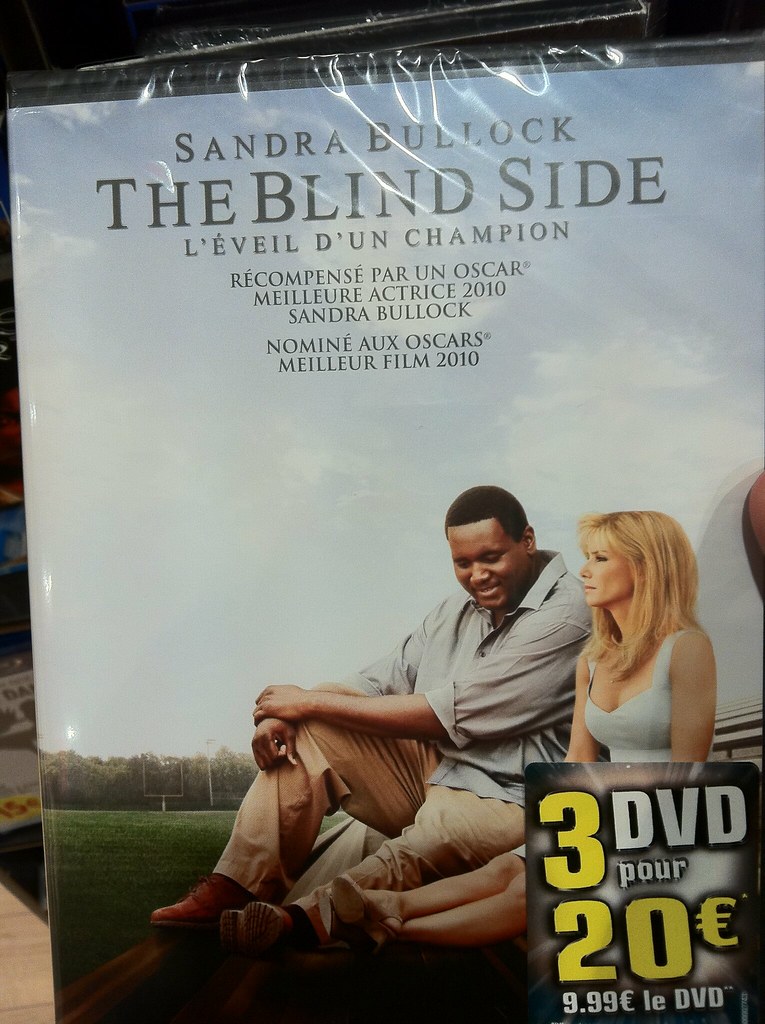
3. **The Blind Side**”The Blind Side,” a Warner Bros. Pictures film, tells the (sort of) true story of Michael Oher, a professional football player taken in by a white family. This inspirational sports story resonated, leading to critical and commercial success, and earning Sandra Bullock an Academy Award for Best Actress. It was widely celebrated for its heartwarming message of family, compassion, and overcoming adversity.
Oher’s journey to NFL success, attributed in the film to his foster family’s unwavering support, captured many hearts. This powerful tale of transformation solidified its status as a highly rated, beloved feel-good movie. Its box office success and Oscar win further cemented its place as a significant achievement in the sports drama genre, reaching a broad audience with its compelling narrative.
However, “The Blind Side” earned substantial criticism, primarily for its pervasive “white savior narrative” and playing fast and loose with the truth. Critics argued the film suggests Black people succeed only by white benefactors’ grace, depicting Oher as not understanding rudimentary football basics until explained. Michael Oher himself claimed the film made him look dumb and white-washed his relationship with his foster family, who allegedly took financial advantage of him. These significant alterations sparked debates on biographical accuracy and racial representation in Hollywood.
Read more about: The Unvarnished Truth: 9 Japanese SUVs with Design Flaws and Reliability Nightmares Owners Can’t Ignore
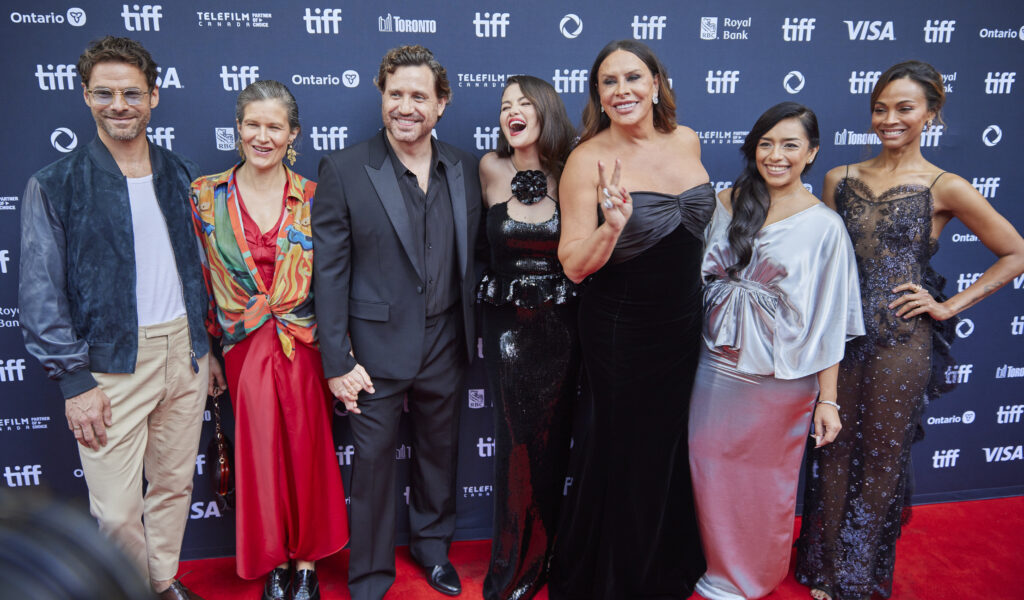
4. **Emilia Perez**Netflix’s “Emilia Perez,” a musical about drug lord Manitas (Karla Sofía Gascón) transitioning to Emilia, immediately garnered attention. Its unique premise and musical format earned 13 Academy Award nominations and two wins—for Zoe Saldana in Best Supporting Actress and “El Mal” for Best Original Song. Its innovative storytelling and impressive musical performances underscored its critical success and highly-rated status.
The project’s ambition, tackling themes of identity, transformation, and redemption within a musical framework, was praised by many. Its blend of serious subject matter with engaging musical numbers showcased a bold creative vision that resonated with awards voters. Multiple nominations and wins confirmed its acclaimed status, especially for its performances and original score, contributing to its high rating despite complex subject matter.
Yet, the production was criticized for its sensitivity. Latino audiences criticized its stereotypical depiction of Mexico as a drug haven and for seemingly avoiding casting Mexican leads. LGBTQ+ audiences bemoaned its outdated and inauthentic depiction of trans identity. Further, bigoted tweets from star Karla Sofía Gascón emerged during the Oscar campaign, which were promptly deleted. These factors ensured the film’s controversy runs deep alongside its critical reception, sparking ongoing conversations about cultural and identity representation.
Read more about: Hollywood’s Elite: Unveiling the Highest-Grossing Actors and Actresses of Our Time
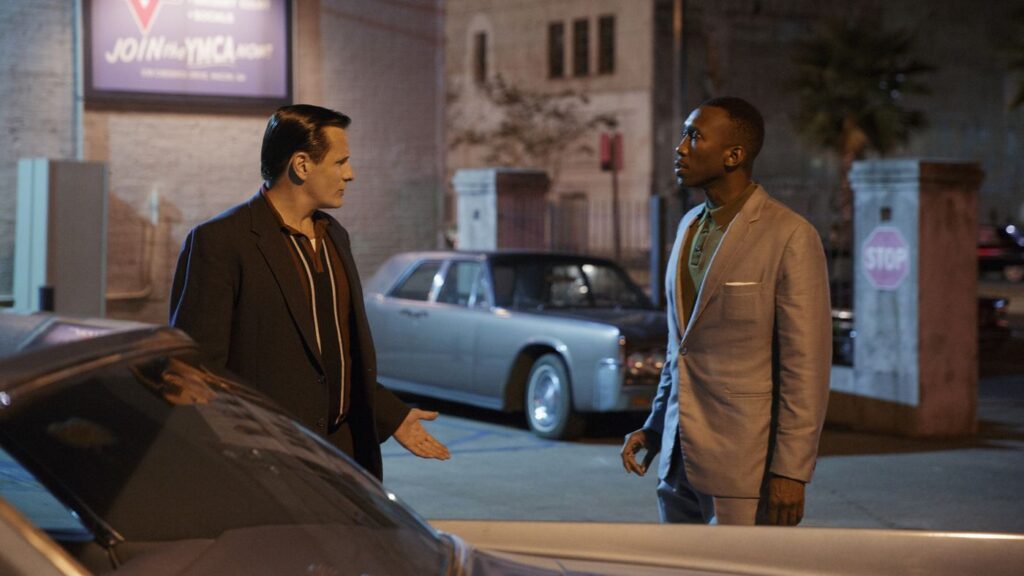
5. **Green Book**”Green Book,” from Universal Pictures, tells the story of Italian-American bouncer Frank Vallelonga (Viggo Mortensen) chauffeuring acclaimed Black pianist Don Shirley (Mahershala Ali) in the 1960s South. The film resonated, winning Mahershala Ali his second Oscar and the Academy Award for Best Picture. Its wins propelled it to highly-rated status, celebrated as a heartwarming tale of unlikely friendship and a powerful depiction of overcoming racial barriers.
The movie’s title refers to “The Green Book,” a helpful guide for Black travelers in the segregated South. While Frank is initially racist, his time with Shirley leads him to understand that Black people are people too, a narrative arc many found uplifting. Ali’s lauded performance, capturing the internal struggle of a queer Black man, is a highlight. Its narrative of overcoming racial barriers found broad appeal.
However, “Green Book” faced significant backlash, becoming one of the most controversial Best Picture wins. Critics called its insight into racial politics simplistic and outdated for a 2018 film. The context states, “Honestly, it’s kind of insane that this is the level of insight into racial politics we can expect from a film in 2018 that is willingly choosing to wade into the topic.” Don Shirley’s family claimed liberties with his character and relationship, fueling debates on historical revisionism and filmmakers’ responsibility, making its acclaimed status a complex topic of discussion.
Read more about: Unlocking Your Watchlist: 13 Must-Stream Movies & Shows on Disney+ and Hulu on Disney+
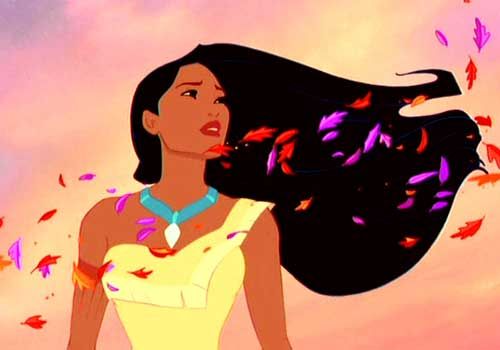
6. **Pocahontas**Walt Disney Animation Studios’ “Pocahontas” earned two Academy Awards for Best Original Song and Best Original Score. It tells of a forbidden love between Pocahontas and colonizer John Smith. Though not a mega-hit like its predecessors, it was praised for stunning animation, memorable songs, and an attempt to center indigenous characters, contributing to its highly-rated status among Disney classics and securing its place in their animated canon.
The film deserves credit as an early Disney attempt at mature themes, notably casting English settlers as the real villains of the piece. Its beautiful animation and emotional depth in portraying cultural conflict were applauded, securing its place as an important, albeit complex, addition to the Disney canon. Oscar wins further solidified its artistic recognition, demonstrating its impact in the animation landscape of its time.
Despite accolades, “Pocahontas” faced considerable criticism for historical inaccuracies and a romanticized portrayal of a sensitive period. The main issue lies in the romantic relationship depicted. Historically, Pocahontas was a child during Smith’s arrival, later kidnapped, “encouraged” to convert, married to John Rolfe at 17, and died by 20. This stark contrast with the “fairy tale ending” drew condemnation for sanitizing painful colonial history and perpetuating harmful myths. This fundamental revisionism ensures “Pocahontas” remains a point of contention, even as its artistic merits are recognized, prompting ongoing critical dialogue.
Diving deeper into the annals of cinematic history, we uncover more highly-rated films that have fiercely challenged societal norms, ignited public discourse, and left an indelible mark not just for their artistry, but for the outrage they sparked. From Oscar-winning dramas to timeless classics, these eight additional movies continue to prove that critical acclaim and controversy can often walk hand-in-hand, forcing us to confront difficult truths and evolving moral compasses. Each one, in its own provocative way, has redefined the boundaries of cinematic expression.
Read more about: Why the Trail Went Cold: Tracing the Retreat of Country Firebrand Gretchen Wilson from the Limelight

7. **Slumdog Millionaire**”Slumdog Millionaire,” a vibrant and inspiring tale from Danny Boyle, captured hearts globally, earning an impressive eight Academy Awards, including Best Picture and Best Director. The film chronicles Jamal’s journey from childhood in the slums of Mumbai to adulthood, all while pursuing the love of his life, Latika, against the backdrop of a thrilling game show. Its kinetic energy and uplifting narrative made it a powerful, crowd-pleasing phenomenon.
Despite its widespread success, the film was mired in controversy from its inception, particularly concerning its depiction of poverty. Many critics, especially from India, leveled accusations of it being “poverty porn,” arguing that it luxuriated in the suffering and pain of its characters, presenting a sanitized yet sensationalized view of life in the slums for Western audiences. This sparked a contentious debate about representation and the ethics of portraying hardship.
Further compounding the controversy were serious questions regarding the exploitation of its young performers. Since the main trio of characters—Jamal, his older brother Samir, and Latika—begin as children and teens, concerns arose that the young actors, plucked from the slums of Mumbai, might be used for a brief moment in the spotlight only to be discarded afterward. Many questioned whether the filmmakers had adequately provided for their long-term welfare.
Director Danny Boyle stated he had made provisions for his young stars to help them avoid returning to the slums, yet the lingering doubt remained about whether these efforts were truly sufficient to break their cycle of poverty. The film, for all its accolades, continues to be a focal point for discussions about cultural authenticity, economic disparity, and the responsibilities of filmmakers.
Read more about: Lights, Camera, Walkout! 15 Times Directors Ditched Major Blockbusters Mid-Production

8. **Memoirs of a Geisha**”Memoirs of a Geisha,” a historical drama from Sony Pictures Releasing based on Arthur Golden’s novel, tells the poignant story of a young Japanese girl sold to a geisha house. Though it garnered three Academy Awards for its visual splendor, art direction, and costume design, the film faced a barrage of criticism. While Western audiences might have noted vague inaccuracies in its depiction of Japanese culture, it ignited an absolute firestorm of outrage across Asia.
At the heart of the controversy was the filmmakers’ decision to cast three prominent Chinese actresses—Ziyi Zhang, Michelle Yeoh, and Gong Li—in the main roles of geishas, a traditional and revered component of Japanese culture. This casting choice was seen as a profound misstep, ignoring the complex and often sensitive geopolitical relationships between China and Japan, which were still deeply affected by historical events.
Japanese audiences expressed discomfort at seeing Chinese actresses portraying such iconic figures, but their reaction paled in comparison to the fury unleashed in China. The film, partially set during World War II, inadvertently stirred painful memories of Chinese and Korean “comfort women” forced into ual servitude by invading Japanese forces. The casting was widely perceived as deeply insensitive and disrespectful, especially given the historical context.
The Chinese government ultimately banned “Memoirs of a Geisha” from appearing in cinemas across the country, further escalating the diplomatic and cultural fallout. Star Zhang Ziyi was even declared an “embarrassment to China” for her participation, illustrating the immense weight of cultural representation and the enduring scars of historical conflict that the film unknowingly (or perhaps ignorantly) reopened.
Read more about: Global Talent, Hollywood Glam: Discover 10 International Stars Who Redefined Stardom on the World Stage
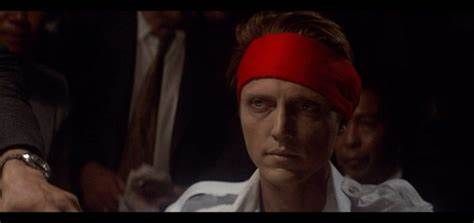
9. **The Deer Hunter**”The Deer Hunter,” a powerful and harrowing Vietnam War film from 1978, earned the prestigious Academy Award for Best Picture, cementing its place as a cinematic masterpiece. Directed by Michael Cimino, it explored the psychological toll of war on a group of working-class friends, lauded for its intense performances and ambitious scope.
Despite its critical success, the film was also among the most controversial releases of its year, largely due to its unforgettable and graphic depiction of Russian roulette. The filmmakers went to extreme lengths to strive for authenticity, with star Robert De Niro even suggesting that live ammunition be used during a Russian roulette sequence – a request that was granted, though the revolver was meticulously checked between takes to ensure safety.
This controversial scene, which became the film’s defining image, sparked a fierce debate about its historical accuracy and ethical implications. Pulitzer Prize-winning journalist Peter Arnett was among many critics who argued that the scene bore no truth to the actual experiences of POWs during the Vietnam War, emphatically stating, “In its 20 years of war, there was not a single recorded case of Russian roulette.” He further condemned the metaphor as “a bloody lie.”
The intense emotional impact of the Russian roulette scenes, combined with their alleged historical inaccuracy, ensured that “The Deer Hunter” remained a significant point of contention. While its artistic merits and awards are undeniable, the discussions surrounding its contentious portrayals continue to shape its legacy and challenge perceptions of historical truth in cinema.
Read more about: Still Not Over It: The 10 Animated Movie Scenes That Will *Always* Make You Ugly Cry
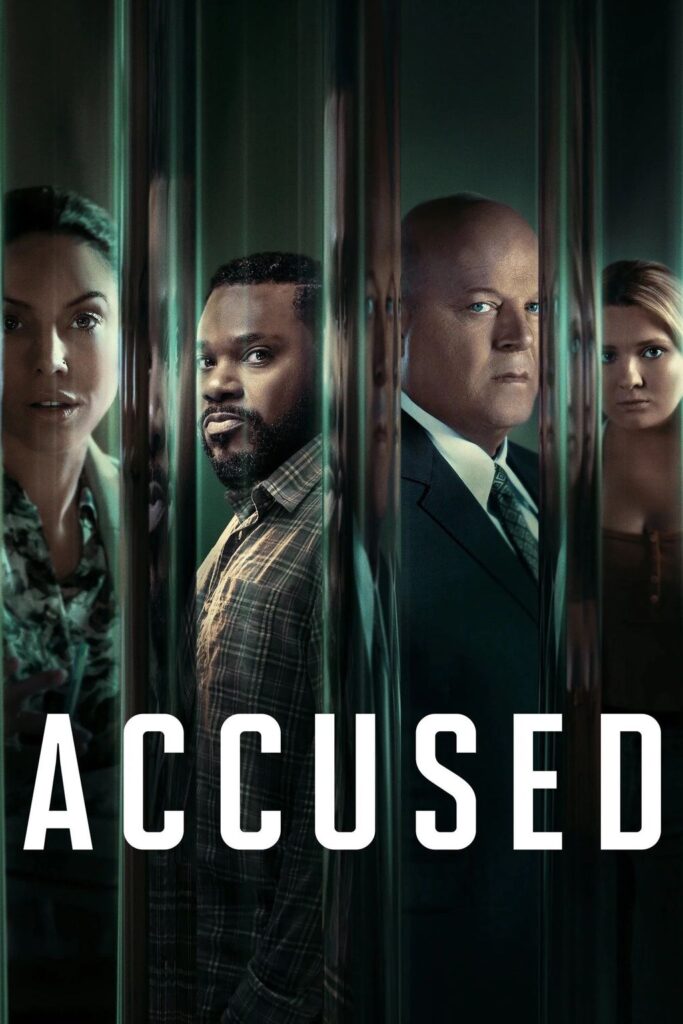
10. **The Accused**Jodie Foster delivered an Academy Award-winning performance in the 1988 legal drama “The Accused,” based on the true story of Cheryl Araujo, who endured a brutal gang rape in a bar. The film was unflinching and uncompromising in its portrayal of the assault, aiming for a raw honesty that made it incredibly difficult, yet essential, to watch. Its critical acclaim recognized its powerful message and Foster’s compelling performance.
The most controversial aspect of the film was, understandably, the explicit and harrowing depiction of the rape scene itself. Although carefully rehearsed before the cameras rolled, the five-day shoot for this sequence was gruelling for everyone involved, especially Foster, who reportedly blacked out during its intense filming. The crew members themselves struggled with the emotional weight of bringing such a horrific event to the screen.
The initial audience reaction during test screenings was overwhelmingly negative, with producer Sherry Lansing noting they garnered “the lowest scores in the history of Paramount.” This almost gave Paramount an excuse not to release the picture, fearing public backlash and commercial failure. The discomfort was profound, reflecting the visceral nature of the content.
However, the studio reconsidered after a subsequent screening with an all-female audience yielded a much better reception, validating the film’s brutal yet honest approach to a difficult subject. “The Accused” stands as a testament to the power of cinema to confront uncomfortable realities, even when doing so generates immense controversy and challenges audience endurance.
Read more about: Is It True? The Wild Rumor About Beyoncé and a Stolen Master Recording: An Unpacking of the Atlanta Theft
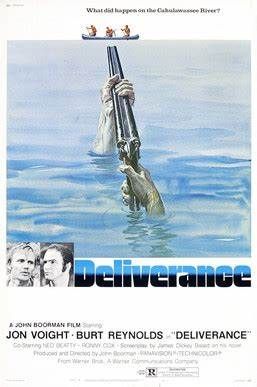
11. **Deliverance**”Deliverance,” the 1972 thriller from director John Boorman, stands out in cinematic history for its graphic and deeply disturbing portrayal of ual violence. While many films have depicted violence against women, “Deliverance” is a rarity, featuring a notorious scene where Ned Beatty’s character, Bobby, is sexually assaulted by another man with the infamous command to “squeal like a pig.” The film received three Academy Award nominations, including Best Picture and Best Director, attesting to its artistic power despite its controversial content.
Even before production, the studio behind “Deliverance” reportedly got “cold feet” about making the film, with the “squeal like a pig” scene being a significant sticking point. Its budget was ultimately reduced, reflecting the studio’s apprehension about the contentious subject matter. Nevertheless, Boorman forged ahead, bringing his vision, infamous scene and all, to fruition, daring to tackle a topic rarely explored in mainstream cinema with such raw intensity.
Upon its release, the film provoked extreme reactions from audiences. In Salt Lake City, reports emerged of three men and a woman fainting during the assault scene, highlighting the visceral impact it had. The graphic nature led some to argue that the film should have received an X rating rather than R, sparking debates about censorship and appropriate depictions of violence. Yet, its uncompromising vision secured its Oscar nominations.
“Deliverance” remains a deeply unsettling film that continues to generate discussion about masculinity, wilderness, and the boundaries of cinematic realism. Its critical recognition despite—or perhaps because of—its shocking content, underscores its lasting power to provoke and challenge, solidifying its place as a controversial yet highly regarded classic.
Read more about: Beyond the Bandit’s Charm: Unearthing the Intricate Life and Lingering Questions Surrounding Burt Reynolds’ Enduring Legacy
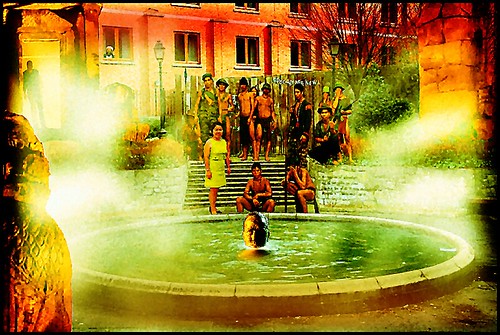
12. **Apocalypse Now**Francis Ford Coppola’s 1979 Vietnam War epic, “Apocalypse Now,” is celebrated as much for its thrilling storytelling and powerful performances as it is for its notoriously troubled production. The film garnered two Academy Awards, for Best Cinematography and Best Sound, acknowledging its technical mastery in bringing a surreal and nightmarish vision of war to the screen. Its iconic status, however, is intertwined with a specific, deeply controversial scene.
The most significant source of controversy arose from the film’s climactic sequence, where Willard’s journey culminates in an encounter with Colonel Kurtz, juxtaposed with the ritual sacrifice of a water buffalo. Coppola, in his relentless pursuit of realism, merely filmed an actual ritual ceremony he encountered in the Philippines and included it in the final product. This decision allowed the film to circumvent American laws regarding animal cruelty, as it was shot on foreign soil.
However, the scene itself, featuring members of a tribe using a machete in a bloody moment of animal slaughter, ignited widespread outrage. Organizations such as the American Humane Association vehemently denounced the movie for filming the killing of a living creature on screen, calling into question the ethical lines filmmakers cross in the name of art or authenticity. This sparked a global discussion about animal welfare in film production.
The inclusion of this graphic and unsimulated animal cruelty significantly added to “Apocalypse Now’s” controversial legacy. While its artistic achievements are undeniable and its place in cinematic history secure, this specific scene ensures that the film continues to be a point of ethical debate, forcing audiences and critics alike to grapple with the lengths to which art should go.
Read more about: From ‘Frankly’ to ‘Force’: Unpacking the 13 Movie Quotes That Absolutely Defined Cinema
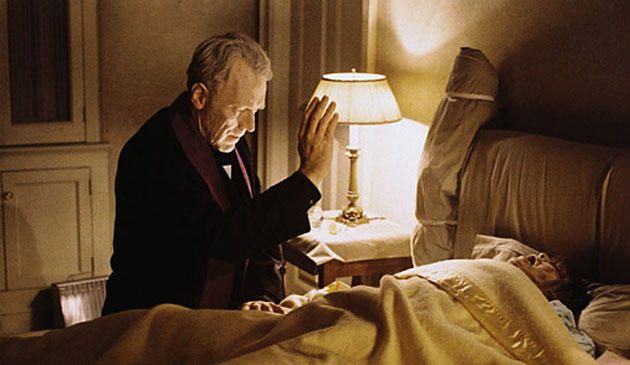
13. **The Exorcist**Widely regarded as one of the most lauded horror films ever made, William Friedkin’s “The Exorcist” from 1973 still possesses an astonishing power to shock and terrify audiences today. The production notoriously overcame serious setbacks and even alleged curses to create a truly groundbreaking and deeply unsettling scary movie, securing two Academy Awards and a remarkable ten nominations, including Best Picture.
Among the film’s many terrifying turns, few images are as indelible or as profoundly controversial as the scene where the possessed Regan MacNeil (Linda Blair) violently stabs herself with a crucifix. Her demonic voice, grotesque movements, and the sheer blasphemous nature of the act only amplify the sequence’s haunting impact. This scene, more than any other, ignited widespread outrage among religious groups and moral guardians upon its release.
The film’s explicit content and disturbing imagery provoked wild audience reactions in 1973, with reports of medical emergencies, fainting spells, and widespread emotional distress in theaters. The intensity extended to the set, where actress Ellen Burstyn sustained a serious back injury after being violently knocked back by her onscreen daughter during a take, highlighting the unexpectedly dangerous and controversial nature of the production itself.
“The Exorcist” remains a benchmark in horror, continually analyzed and debated for its psychological depth and its boundary-pushing depiction of evil. Its dual legacy of immense critical acclaim and profound controversy underscores its enduring power. It challenges viewers to confront their deepest fears and questions of faith, cementing its status as a timeless classic whose shocking moments continue to resonate and provoke discourse decades later.
Read more about: Cinema’s Most Memorable Misfires: A Deep Dive into 14 Films That Defined ‘Worst Ever’
These films, each a standout in its own right, offer a compelling glimpse into the ever-shifting landscape of societal norms and artistic expression. They remind us that true cinematic impact often stems not just from widespread adoration, but from the courage to spark uncomfortable conversations and challenge the status quo. The controversies they ignited are as much a part of their legacy as their accolades, shaping their place in cinematic history as works that dared to be both brilliant and deeply unsettling.



